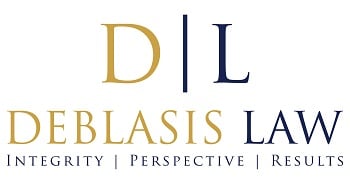Trying to manage your property can become a problem if a nearby property owner asserts that some of your land is actually theirs, or if another party claims some right to your land. Without clearly defined property lines, you will have a harder time securing your rights.
Fortunately, you have a variety of options to map out where your land begins and ends.
Check property documents
The most logical step is to look at a property deed. This document contains a legal description of the property, including precise measurements and boundary lines. Additionally, plat maps available from your local assessor’s office or planning department provide a visual representation of your property in relation to the surrounding area.
Examine property markers
Survey markers, such as flags or stakes, may mark the corners of your property. A metal detector could locate buried markers, often made of rebar. Additionally, sidewalk cuts or streetlights can sometimes indicate property lines, though they are not always reliable indicators.
Conduct a property survey
In the event other methods are not sufficient, consider hiring a professional surveyor to measure and mark your property lines. Surveyors use specialized equipment to determine precise boundaries based on legal descriptions and plat maps. While the cost may range from a few hundred to over a thousand dollars, a professional survey could provide the most definitive boundary lines.
Hiring a surveyor may also be a fast way to get property measurements in the event a legal dispute arises. This could be of help if your property could face a prescriptive easement or other encroachment that you should deal with before it takes effect.
The range of options available should give you confidence that you can come up with accurate land figures and avoid issues that prevent you from making full use of your property.
